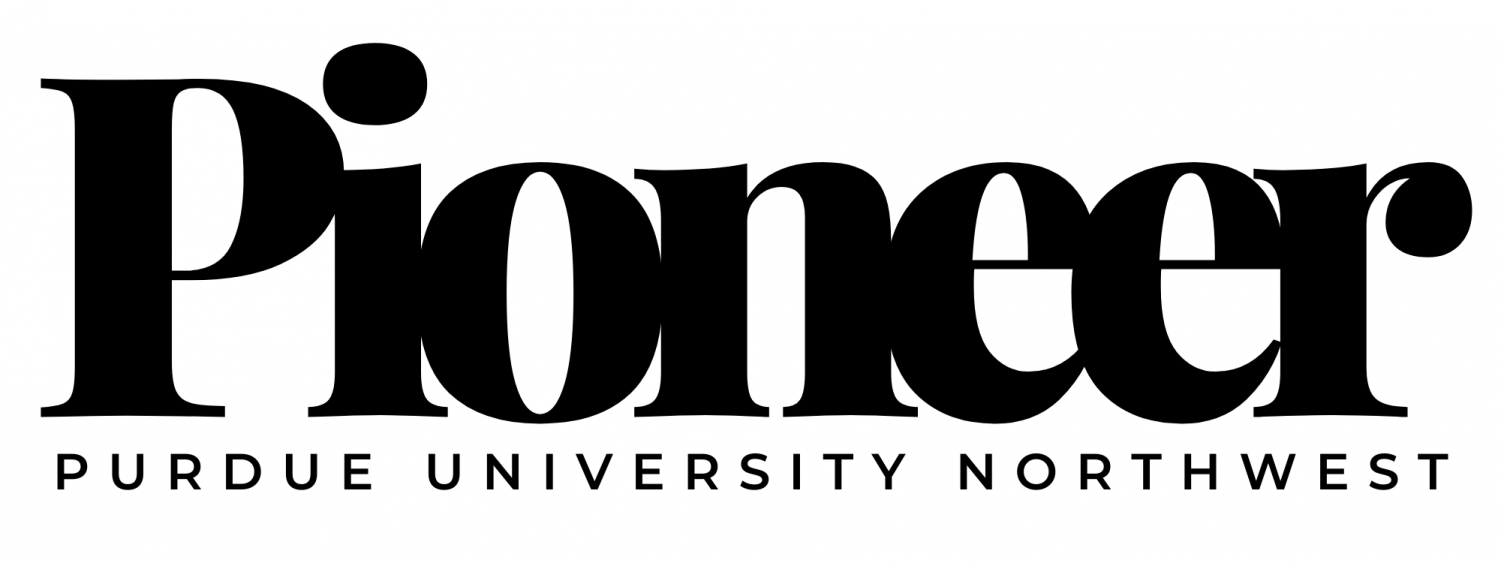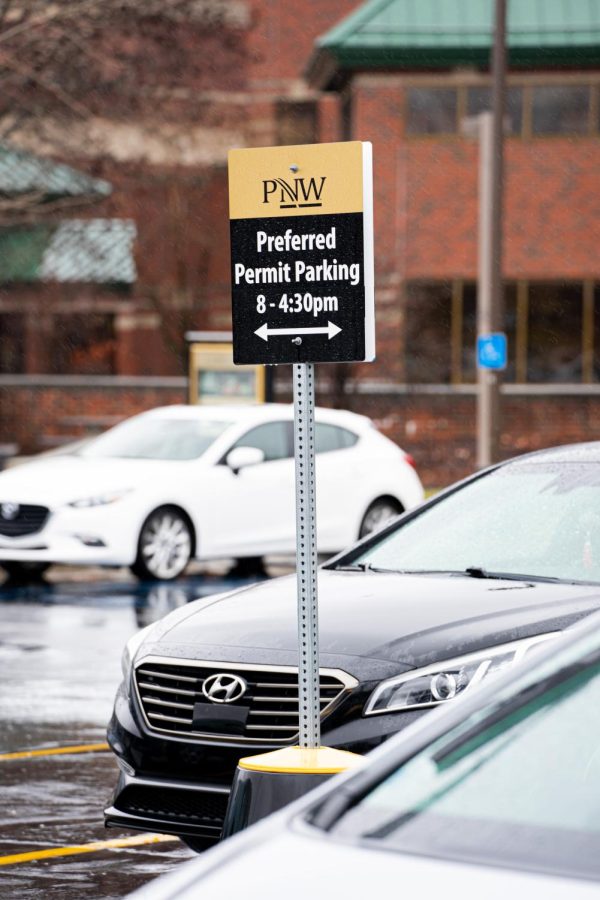Parking policy bugs students forced to avoid nearby spaces
The university’s preferred parking policy frustrates many students who must hike from distant parking spots, past empty spaces, to get to class. Public Safety defends the system, saying it mirrors parking practices at other schools.
Preferred parking is driving Alexander Peterson a little crazy.
The third-year Computer Engineering major is tired of trekking to class from the outer reaches of the parking lot.
“I wish that there were more close spots you could buy a pass for without having to be a teaching assistant or a teacher,” he said. “I feel that there are a lot of open spaces in preferred parking that other people could use. “I always have to park at the very end of the back parking lot,“ said Peterson.
Brian Miller, director of Public Safety, defends the system.
“Faculty and staff wanted a parking lot that was closer,” he said. “For some older faculty and staff it’s very difficult. Most colleges and universities offer close parking for staff and faculty.”
He also said parking fees pay for parking lot maintenance.
“Faculty and staff pay a higher fee for preferred parking than students pay for basic parking,” said Miller.
PNW charges $150 for basic parking, $180 for preferred parking and $450 for reserved parking.
Staff at PNW with a hanging permit may park in any preferred parking spot. Reserved parking spots are designated with an orange sign and are assigned to a specific faculty or staff member.
Miller understands the frustration.
“We receive complaints from students about having to park too far or asking why they can’t park in spots that are empty,” he said. “In the first two weeks of the semester we issue about 50 warning citations, per day, for preferred parking.”
He said his department monitors parking lot use every October to determine demand for preferred parking spaces.
“When we find we have too much preferred parking during this count, as we did in October 2022, we move the preferred parking stanchions and create more basic parking spaces,” he said. “We created over 40 new basic spaces in the north parking in the fall of 2022.”
Peterson wishes more had been created.
“I wish that in the situation where spaces are still available, they would allow students to pay for a spot to be able to park closer,” he said.


